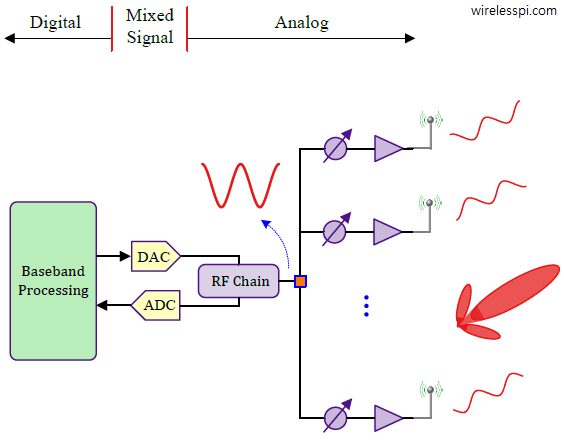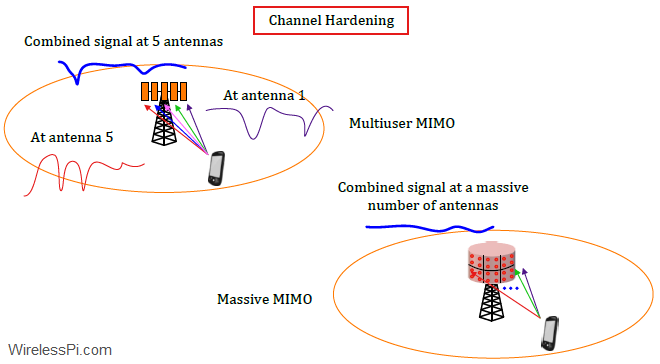Beamforming is one of the most practical solutions to overcome higher path loss and atmospheric attenuation in mmWave bands. How it is implemented is a matter of great interest to RF industry due to the conflicting requirements of efficiency and flexibility. In a tradeoff between cost, size and complexity, analog beamforming is combined with digital beamforming to give rise to a hybrid solution, an architecture of choice in current 5G mmWave systems. Nevertheless, digital beamforming is inevitably the direction of future and it is only a matter of time before it will be used in 5G networks in high bands
Continue reading



